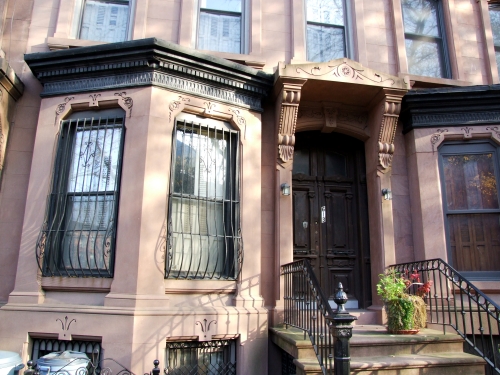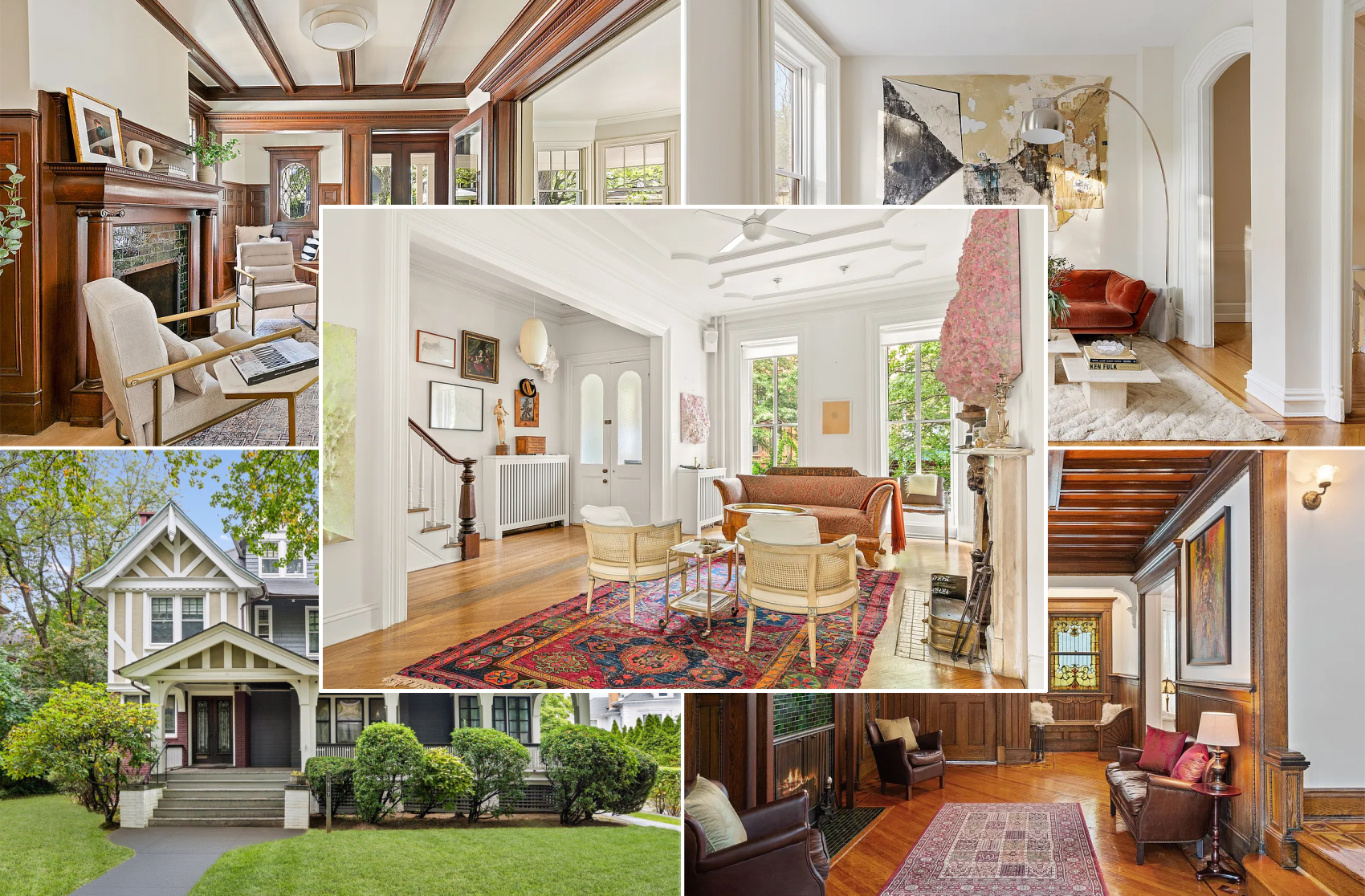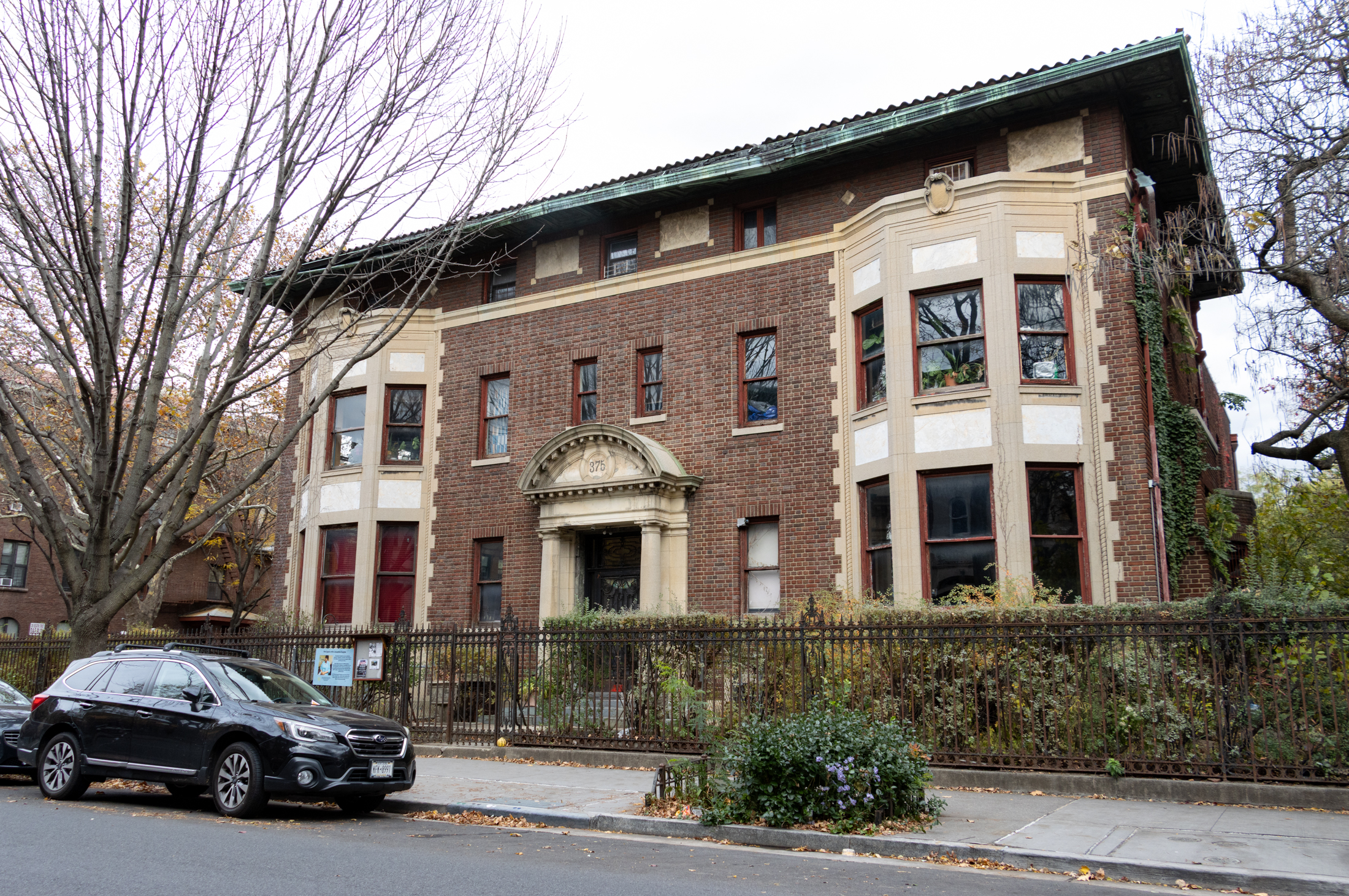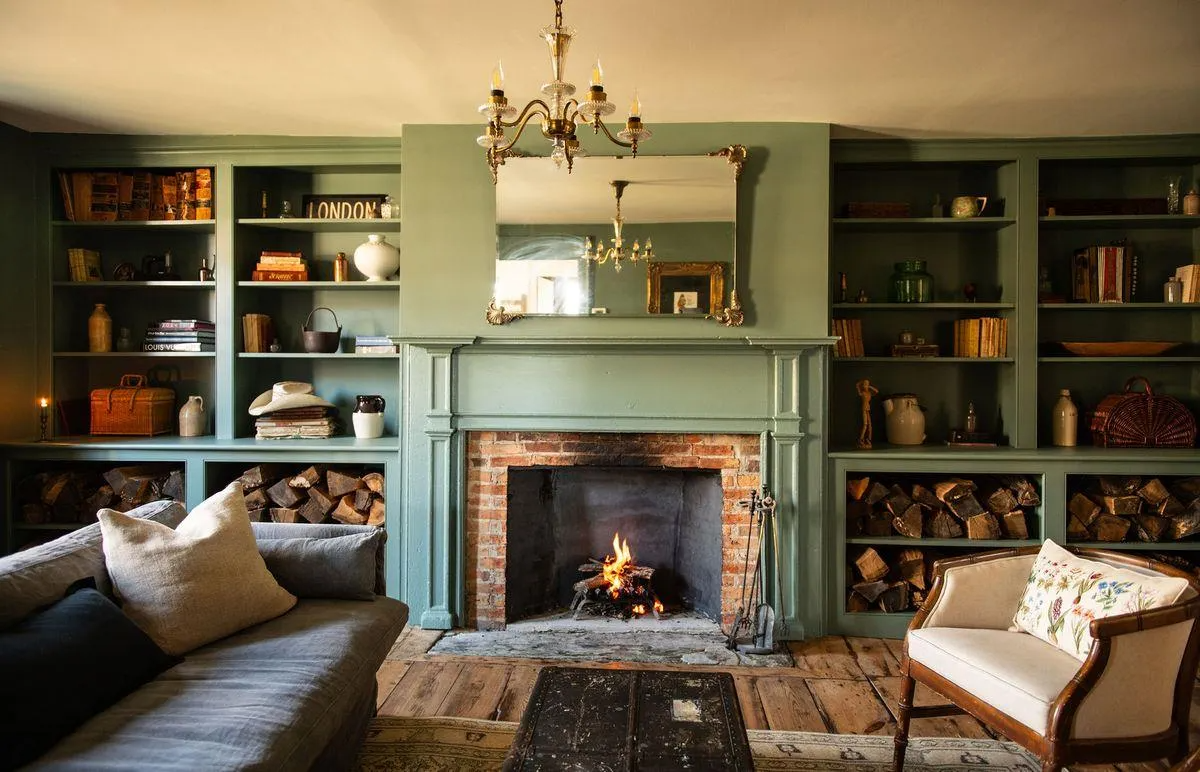Building of the Day: 609-615 Carlton Avenue
Brooklyn, one building at a time. Name: Row houses Address: 609-615 Carlton Avenue Cross Streets: St. Marks and Prospect Place Neighborhood: Prospect Heights Year Built: 1875 Architectural Style: Neo-Grec Architect: Unknown Landmarked: Yes, part of Prospect Heights HD (2009) The story: Buildings don’t have to be designed by some big name architect to be good….

Brooklyn, one building at a time.
Name: Row houses
Address: 609-615 Carlton Avenue
Cross Streets: St. Marks and Prospect Place
Neighborhood: Prospect Heights
Year Built: 1875
Architectural Style: Neo-Grec
Architect: Unknown
Landmarked: Yes, part of Prospect Heights HD (2009)
The story: Buildings don’t have to be designed by some big name architect to be good. These are very good, although the records are not clear as to who designed them. They were built soon after the completion of Prospect Park, when Prospect Heights saw great strides in neighborhood building. Speculators correctly assumed that real estate near the new park would be quite desirable, and built in anticipation of demand. This part of Prospect Heights was developed at least 15 or 20 years before the more southern parts of the neighborhood, because the city still owned the land closest to the park.
I have a fondness for Neo-Grec houses, partly because I used to live in one, long before I had ever heard the term. I really like the ornamentation, and find their interior proportions generous and pleasing, and I would bet these houses are no different. This group is especially nice with low stoops, almost at street level, with the addition of angular bays on the ground floor and parlor floor levels. The sharp angle of the bay complements the angular nature of Neo-Grec architecture, with the top of the bay at the same height as the door frame.
The LPC designation report for these houses describes them this way: “These brownstone dwellings feature one-and-one-half-story angular bays with chamfered window heads and incised decoration, full window surrounds on the upper stories with pedimented lintels and incised decoration, segmental-arched entrances with double-leaf doors and surrounds with pedimented door hoods supported by stylized brackets and chamfered pilasters, and deep cornices with stylized brackets characteristic of the Neo-Grec style.”
Yep, that about says it all. Several of the houses still have the original doors, all very handsome carved entrances to these houses. It would be a pleasure to enter and leave such distinguished digs. 613 is especially well preserved, and has all of its incised ornament intact. GMAP






The angled bays really emphasize the entrance and create a nice juxtaposition of projecting mass and recessed void. I like it.
A very nice ensemble indeed.